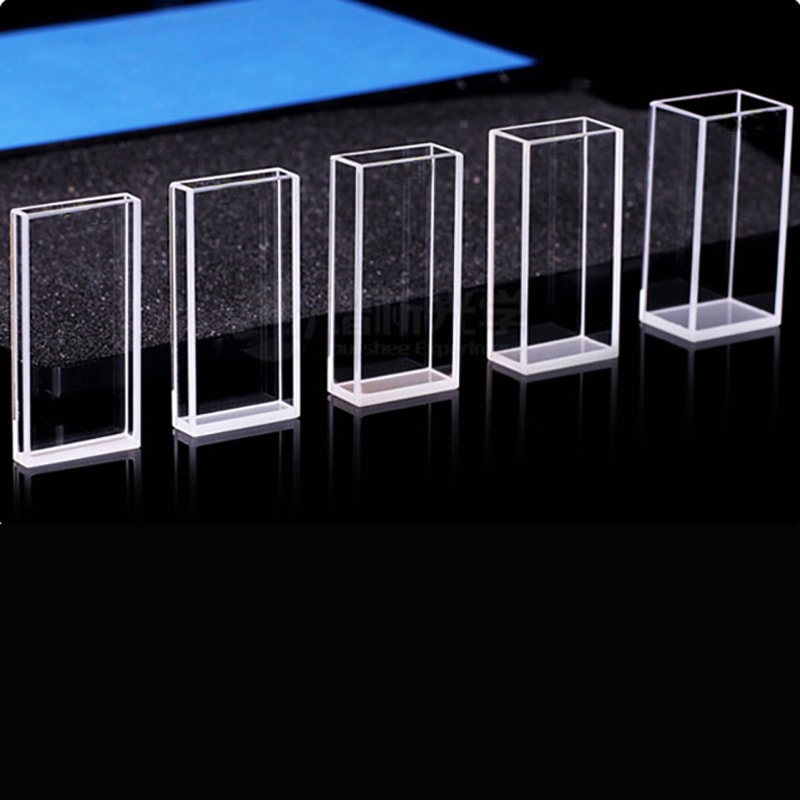The Advantages of Applying Quartz Vials in Scientific Research
The Advantages of Applying Quartz Vials in Scientific Research
Blog Article

The Benefits of Cuvettes and Quartz Vials in Clinical Research
In clinical research, the accuracy and stability of dimensions are paramount, especially in areas like spectroscopy, chemical analysis, and biology. One critical ingredient that guarantees detail in these studies could be the cuvette, particularly cuvet. Understanding the benefits of cuvettes and the benefits of using quartz vials can somewhat affect the outcome of tests and lab work.
Accuracy in Spectroscopy
Cuvettes are necessary for holding water products in various logical devices, most notably spectrophotometers. These devices assess the absorbance or sign of mild through a sample, and the cuvette acts as the package for the test all through analysis. The size and substance of the cuvette enjoy an essential role in ensuring the precision of the measurements. Quartz vials, exclusively, provide exceptional visual clarity, enabling precise light sign across a wide range of wavelengths, including ultraviolet (UV) light. This makes quartz vials an excellent selection for spectroscopic studies, wherever precision is critical.
Durability and Substance Resistance
Quartz vials stand out for his or her toughness and opposition to tough chemicals. Unlike plastic cuvettes, quartz vials are less inclined to weaken or respond with chemicals in the taste, ensuring that the results of the test remain unaffected by possible contamination. This quality makes quartz vials particularly of use in situations wherever intense solvents or large conditions are involved. Their power to endure serious situations without limiting the strength of the trial is among the primary causes they're favored in lots of laboratory applications.
Reliability in Size and Form
How big a cuvette is not a one-size-fits-all situation. The dimension of the cuvette, such as its path period, impacts the quantity of the trial and the total amount of gentle that moves through. Choosing the right cuvette size for the specific experiment ensures that the answers are perhaps not skewed because of under or over-concentration of the sample. Quartz vials come in a number of sizes and shapes, letting analysts to pick the most suitable alternative on the basis of the requirements of their experiment. That flexibility plays a part in more exact data and provides for better control over experimental conditions.
Openness and Mild Transmission
Quartz is noted for its outstanding openness, particularly in the uv (UV) and apparent mild spectra. That makes quartz vials well suited for use within tools that need distinct optical routes, such as for example UV-Vis spectrophotometers. The superior mild transmission properties of quartz make sure that the mild passes through the test with small spreading or assimilation, resulting in more precise readings. For studies that demand large precision, quartz vials give a definite gain around other materials.
Long-Term Stability
When in research labs, it is essential to possess reliable resources that keep their integrity around time. Quartz vials are not only chemically tolerant but additionally very sturdy, meaning they're less likely to knowledge wear and tear. This long-term reliability guarantees that experts may use quartz vials for extended times without worrying about degradation or the need for regular substitutes, adding to cost-effectiveness in the extended run.
To conclude, equally cuvettes and quartz vials offer a variety of benefits that increase the standard and reliability of lab experiments. From their superior visual clarity for their substance opposition and longevity, these tools are crucial in clinical research. By selecting the best cuvette measurement and utilizing quartz vials, researchers can guarantee specific dimensions and obtain more reliable effects inside their studies. Report this page